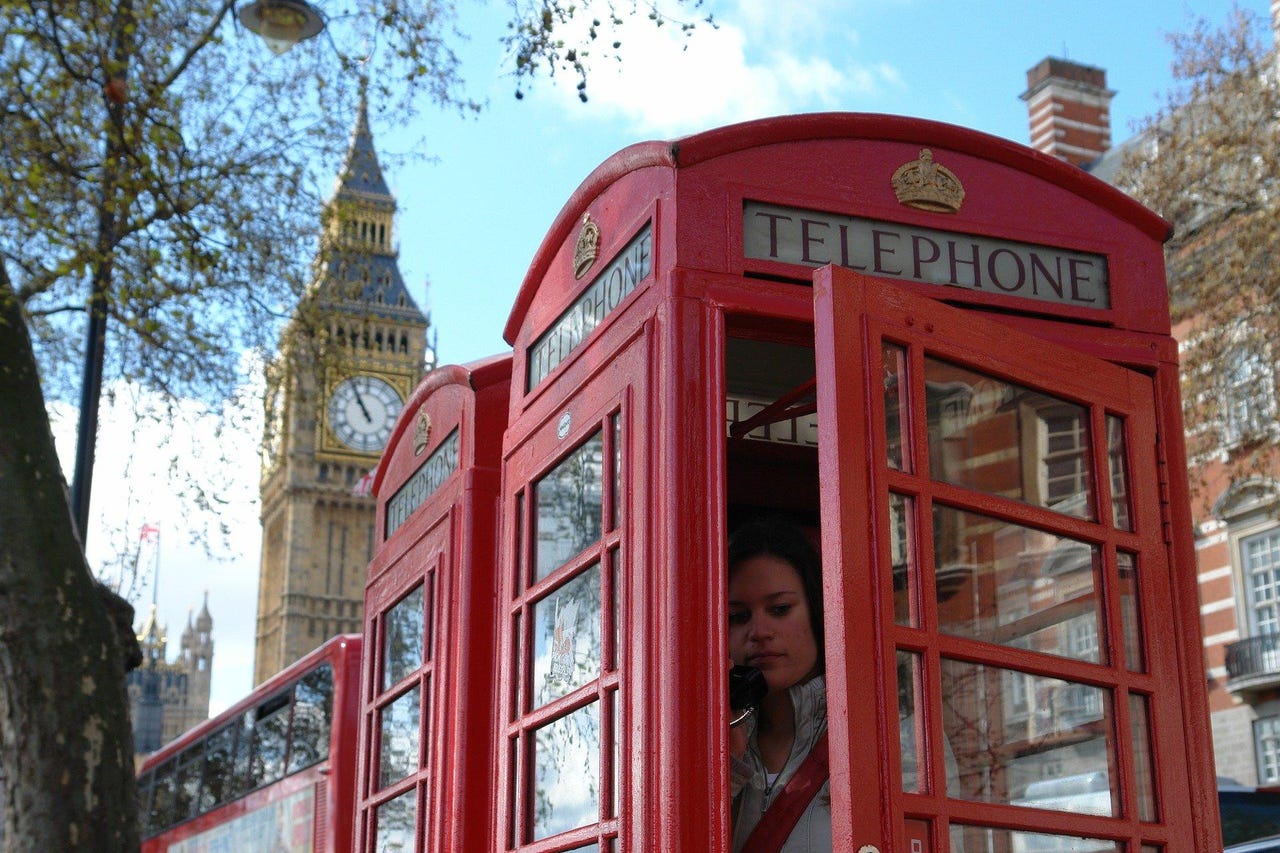Obsolete tech: Gone but not forgotten


Phone box
The traditional British phone box is known throughout the world for its iconic design. Lack of use has forced us to think of new ways for this classic. Now, across the UK, these boxes are now used for a variety of functions.
Some hold defibrillators, some have internet access points for you to surf the net, and some are equipped as ultra-compact lending libraries. Although its original use has become obsolete -- the phone box has adapted and thrives.
VHS tape
When video tapes were first introduced, there was a battle for format dominance between VHS and Betamax formats. VHS easily won and most of us had a VHS player. VHS has been consigned to history now as we moved toward DVDs and streaming.
Polaroid camera
Take a picture with this camera, wait 30 seconds, and pull out your Polaroid image. This camera meant that you could take photos and see the images you took. No more frustration if your roll of film did not develop. It's now obliterated from our social lives by our smartphone cameras.
Mega drive
Gaming was fun with these drives. You could swap games with your friends and play games on the go. You did not need an internet connection, Wi-Fi, or Bluetooth. The batteries lasted for ages, and once purchased, the games were yours forever -- with no upgrade costs.
Dot matrix printer
Long before laser printers the dot matrix -- or even daisy wheel -- printers dominated in the office. It took a long time to print a page, the ink often smudged, and taking the punched hole edges off the continuous sheets of paper was a bit fiddly.
The dot matrix printer did give rise to some amazing computer-generated art -- long before the user interface was sophisticated enough to produce anything like this.
Mini disc
As CDs and DVDs became more popular, manufacturers started playing around with the format of these disks. The mini disc has a brief spell of popularity but faded away as USB sticks and other storage devices became more popular.
Cathode Ray tube TV
Turning the TV on and waiting for it to warm up is thankfully a thing from the past. The Cathode Ray tube TVs -- with their 625 lines beamed quickly across the tube -- were known for their flickering images.
Now, with flat screen TV and home theatres, our viewing habits have become a lot more flexible.
Sony Walkman
Insert your cassette tape, put the headphones on your head, and go outside and show off your hip-ness. Quickly superseded by the Discman, the Sony Walkman was the device to replace those old stereo blasters and prove your cool.
Typewriter
I was fortunate to learn typing on a real typewriter keyboard and learned to touch-type quite fast. Unfortunately, it left me with a legacy of hitting the space bar twice at the end of each sentence.
I also hit the keys on my laptop so hard, I quickly wear the letters away -- so I have to touch type. The letters A, S, N, U, and H have no indication of the key letter at all -- thanks to the typewriter.
Punch cards
Punch cards, carefully created and loaded into computers delivered the first programs. You can still see examples of punch cards used in some knitting machines where a complex pattern is knitted by machine.
Punch cards and punch tape has long disappeared, as magnetic tapes became the de facto way to store data.
Rotary dial phone
Analogue telephone exchanges relied on signals and clicks transmitted by the ticking of the telephone dial as it swept on its orbital journey around the dial.
Nowadays dialing numbers that begin with 07978 is a total pain, giving you sore fingers as you dial the full number. I know -- I still have one of these retro phones at home. It's been replaced with numeric dial pad phones and the smartphone.
Camcorder
Although still used professionally, the handy camcorder has long been superseded by the quick and easy video mode on our phones. Carrying an extra device around with us to record top-notch video footage is too much bother nowadays.
Dial up modem
Traditionalists amongst us look back fondly at the burbling, squeaky sounds of the dial-up modem as it connected to the internet at 300 baud.
Now with fibre to many properties and 5G on its way for mobile data, our skills at configuring the connection strings are no longer required.
LED watch
These watches were considered the height of innovation in the 1970s and a real status symbol for anyone who owned one.
Now, retro aficionados have again adopted LED as their display of choice and eschew ubiquitous LCD displays for a nod to the past.
Cassette tape recorder
Recording music off the radio to create your own playlist was a challenge using a cassette tape. But once recorded you could play and record anything you wanted in the recorder.
You also needed to have a pencil handy -- just in case the tape started to unwind in the cassette.
Floppy disk
These little disks have been obsolete for years, yet we are consistently reminded of them every time we save a file in Microsoft Windows. A whole new generation saves files this way without even knowing what the save icon even means.
Pager
Not so long ago, pagers were the only way that you could be summoned urgently. People were reluctant to receive calls and be charged by the mobile operator for doing so.
Anyone could ring a pager number, dictate a message to a real person and have that person paged. If only people would respond to their smartphone text messages as quickly.
Overhead projector
Projectors like these -- and acetate slides -- have been used in schools and colleges for years. They were quick to work, quick to change a slide, and edits could be made on the fly when projecting.
PDA palmtop
The forerunner of the smartphone the Personal Digital Assistant did much more than just take notes. Available in a variety of formats, with or without keyboards, the PDA enabled you to keep track of your life. The rise of the smartphone with its colored display has consigned this device to history.